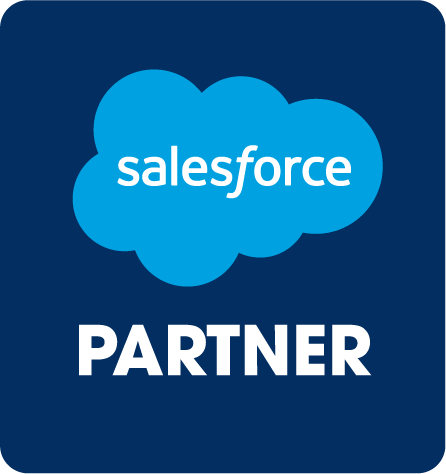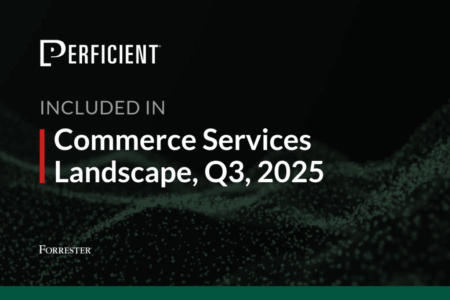Migrating from Eloqua to Salesforce Marketing Cloud: A Step-by-Step Guide
Transitioning from Oracle Eloqua to Salesforce Marketing Cloud (SFMC) is a significant move that can unlock new capabilities, improve personalization, and better align your marketing stack with your broader Salesforce ecosystem. However, it’s not just a matter of copying and pasting your assets over — a successful migration requires thoughtful planning, collaboration, and execution.
Here’s how to ensure a smooth and effective migration from Eloqua to SFMC.
Start with a Comprehensive Assessment and Plan
Before you begin moving anything, it’s essential to take stock of your current Eloqua environment. Conduct a full audit to understand exactly what’s being used — including email assets, forms, landing pages, segmentation data, and any automations in place.
This is also the time to:
- Confirm key stakeholders across marketing, IT, and any other teams currently using Eloqua or planning to use SFMC.
- Map out the migration timeline, accounting for potential downtime or overlapping platform usage.
- Prepare your SFMC environment, ensuring that your Business Unit is properly configured and that administrative settings (including the Sender Authentication Package) are in place.
Additionally, make sure that:
- The correct data extensions for segmentation are available (these will be equivalent to Eloqua’s contact and profile databases).
- All SFMC users have appropriate access and permissions.
- Each team member has gone through SFMC training and is comfortable with their responsibilities in the new platform.
Data Migration: Getting Your Contacts Across
Data migration is often the most sensitive and technically complex part of the process. You’ll want to follow a structured approach to minimize risk and ensure accuracy.
- Export data from Eloqua, including contacts, segments, and campaign history, using Eloqua’s built-in export tools.
- Map the data appropriately. The structure in SFMC may differ from Eloqua, so ensure everything is aligned correctly.
- Import the data into SFMC, placing it into the appropriate data extensions.
- Verify the migration, confirming that all contact and segmentation data imported successfully and is accessible.
Rebuilding Campaigns, Content, and Journeys
Now comes the creative part — migrating and rebuilding your campaigns. Not everything will transfer one-to-one, so this is also a great opportunity to refresh outdated assets and optimize workflows.
- Email templates and content should be rebuilt in SFMC’s Email Studio. Complex designs may require manual recreation.
- Campaign workflows from Eloqua need to be recreated in Journey Builder to replicate decision splits, entry criteria, and follow-up actions.
- Forms and landing pages that were part of Eloqua campaigns will need to be reimagined using SFMC’s Web Studio and CloudPages.
- Any automation processes in Eloqua should be rebuilt in SFMC’s Automation Studio.
Testing and Validation
Thorough testing is crucial to ensure nothing breaks during or after migration.
- Test all data imports to ensure accurate syncing and storage.
- Run campaign QA, confirming that email rendering and AMPScript personalization work across all platforms and browsers.
- Validate all Journeys, ensuring proper triggers, filters, and flows are in place.
- If using a new dedicated IP, follow proper IP warming protocols based on volume. Whether using a shared or dedicated IP, continuously monitor deliverability and escalate any issues to SFMC Support as needed.
Training and Knowledge Transfer
Even with the best tools, your team’s confidence and understanding of SFMC will drive success post-migration. Make sure everyone has completed their Salesforce Trailhead training and feels empowered in their role.
Pro tip: Maintain comprehensive documentation of your new SFMC configuration and knowledge transfer processes. This can be invaluable for onboarding new team members
Post-Migration Support and Optimization
Your migration project shouldn’t end once the data is transferred, and the first campaigns are live. Keep an eye on how the system is performing, and ensure your team remains supported.
- Hold regular check-ins (weekly or monthly) to monitor team confidence and identify areas for process improvement.
- Actively monitor SFMC performance, looking for system or user issues that may emerge.
- Have a support structure in place to address any questions, issues, or needed updates.
Don’t Forget the Extras
While you focus on the main assets, make sure to also address:
- Third-party tools that may support or accelerate migration efforts.
- System integrations, such as CRMs or analytics tools, need to be reconnected and validated in SFMC.
- An audit of ongoing campaigns — this is the perfect time to retire outdated programs and streamline what’s being migrated.
Migrating from Eloqua to Salesforce Marketing Cloud can feel daunting, but with the right preparation and a strategic approach, it can also be a major opportunity to evolve and enhance your marketing operations. Clear communication, proper planning, and a knowledgeable team will be key to a smooth and successful transition.
Need help with your Eloqua to SFMC migration? Our team is here to guide you through every step — from strategy and setup to post-launch support.
Source: Read MoreÂ

